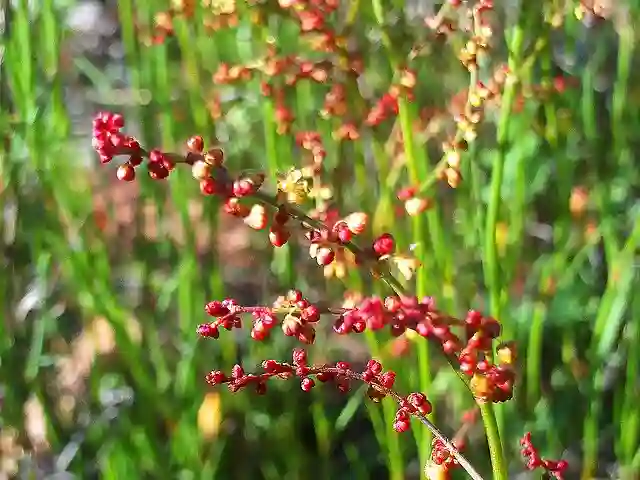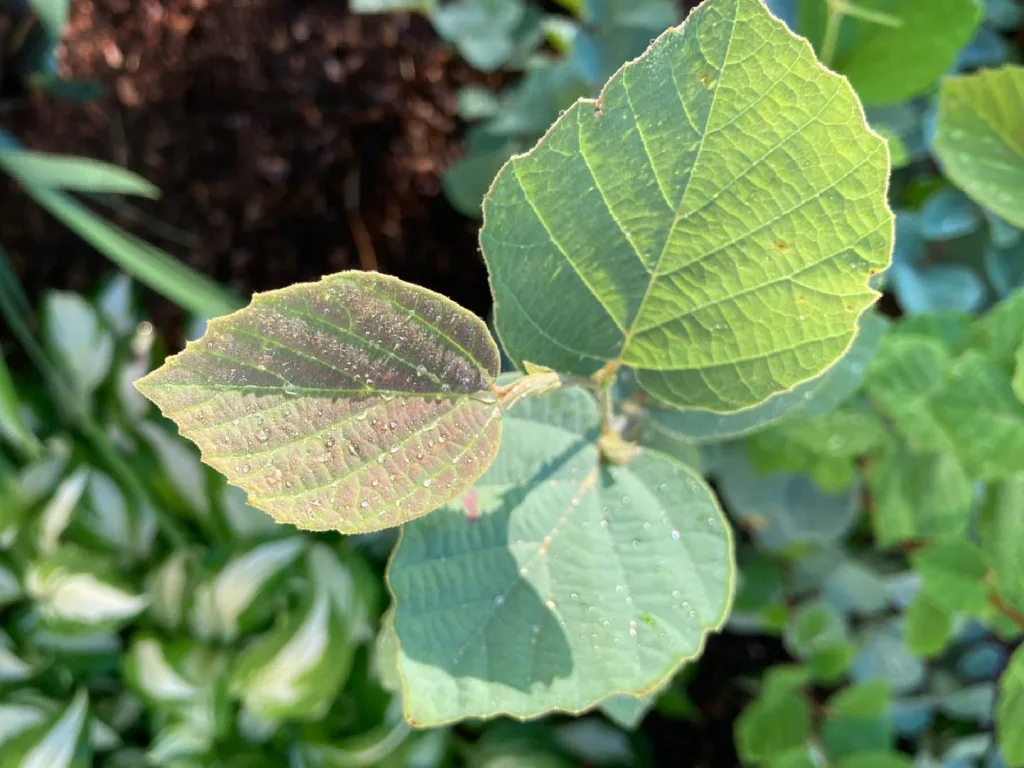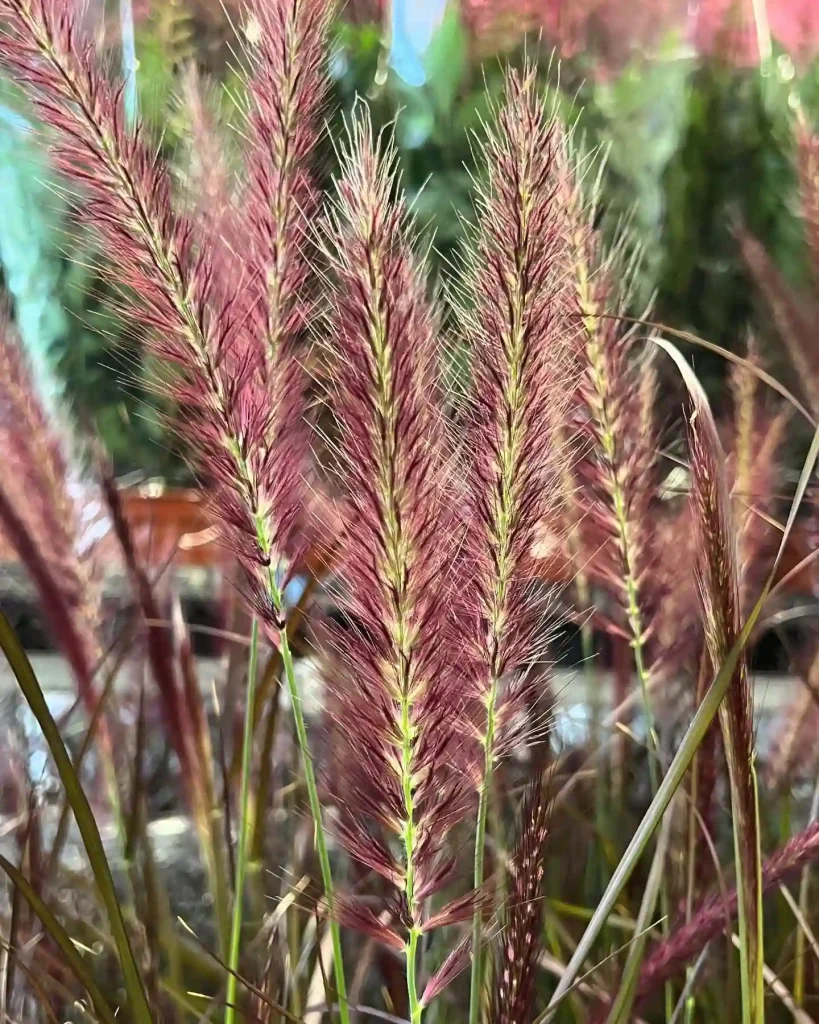What Is Crinum Americanum?
Crinum Americanum, commonly known as the swamp lily or the American crinum lily, is a striking aquatic plant native to the southeastern United States. It’s known for its large, fragrant white or pink flowers that resemble lilies and its broad, strap-like leaves. This perennial thrives in wet, marshy conditions and is often found in swamps, bogs, and along riverbanks.
116 Species in Genus Crinum
Is Crinum Americanum a Rhizome?
Yes, Crinum Americanum is indeed a rhizome plant. The rhizome is a type of underground stem that stores nutrients and facilitates vegetative reproduction. This plant’s rhizome allows it to survive adverse conditions and reemerge in the growing season. Rhizomes are crucial for the plant’s growth, as they help anchor it in the soil and supply the necessary nutrients for blooming and foliage.
How to Care for Crinum Americanum?
Caring for Crinum Americanum is relatively straightforward, provided you mimic its natural swampy environment. Here’s how to ensure it thrives:
- Watering: Since it is an aquatic plant, Crinum Americanum requires a consistently moist environment. Whether planted in a pond, a water garden, or a wet garden bed, make sure the soil remains saturated. It can even be grown in shallow water.
- Light: This plant prefers full sun to partial shade. It will do well in a sunny spot, but if you live in a hotter climate, some afternoon shade can help protect it from intense heat.
- Soil: The soil should be rich in organic matter. If you’re planting it in a garden, amend the soil with compost or peat to enhance its moisture-retention capacity.
- Fertilizing: Feed Crinum Americanum with a balanced fertilizer during the growing season to promote healthy growth and vibrant blooms.
- Winter Care: In colder regions, Crinum Americanum may need protection during winter. Mulch around the base to insulate the rhizome or consider bringing it indoors if it’s in a container.
How to Propagate Crinum Americanum?
Propagating Crinum Americanum is typically done through its rhizomes. Here’s a simple guide to propagate this plant:
- Division: When the plant becomes overcrowded or you want to expand your garden, you can divide the rhizomes. Gently dig up the plant and separate the rhizomes, making sure each section has roots and a shoot.
- Replanting: Replant the divided rhizomes in a new location or container. Ensure they are placed at the same depth as they were previously. Water them thoroughly to help them establish.
What to Plant with Crinum Americanum?
Crinum Americanum pairs well with other moisture-loving plants. Consider planting it alongside:
- Hostas: Their broad leaves complement the Crinum’s foliage.
- Canna Lilies: Their vibrant flowers add a splash of color.
- Ferns: They thrive in similar moist conditions and add texture contrast.
- Water Irises: They create a harmonious aquatic garden.
Can You Grow Crinum Americanum Indoors?
While Crinum Americanum is primarily an outdoor plant due to its need for ample moisture and sunlight, it can be grown indoors under certain conditions. You’ll need to provide it with a large, water-filled container and place it in a sunny location, such as near a south-facing window. Ensure the container is deep enough to accommodate its rhizome and maintain consistently moist soil.
Is Crinum Americanum Toxic?
Crinum Americanum is not known to be toxic to humans or pets. However, as with any plant, it’s a good idea to keep it out of reach of small children and animals to prevent accidental ingestion of plant material.
Benefits of Crinum Americanum
Crinum Americanum offers several benefits:
- Aesthetic Appeal: Its large, fragrant flowers add beauty to water gardens and landscape designs.
- Wildlife Attraction: The plant can attract pollinators like bees and butterflies.
- Erosion Control: In its natural habitat, it helps stabilize soil along riverbanks and wetlands.
Common Problems with Crinum Americanum
Some common issues with Crinum Americanum include:
- Pests: Watch out for aphids and scale insects, which can affect its health.
- Disease: Root rot can occur if the soil or water is not properly aerated. Ensure good drainage and avoid overly stagnant conditions.
- Overcrowding: If planted too closely together, the plant can become crowded, which may hinder its growth and flowering.
Compare with Similar Plants
Crinum Americanum is sometimes confused with other Crinum species or aquatic plants. Here’s how it compares:
- Crinum Lily (Crinum asiaticum): This species is larger and has broader leaves compared to Crinum Americanum. It also prefers a warmer climate.
- Amaryllis (Hippeastrum): Although it shares a similar flower shape, Amaryllis is typically grown as a bulbous plant and does not have the same aquatic growing requirements.
Crinum Americanum is a versatile and striking plant that can add elegance to both water gardens and traditional landscapes. Whether you’re planting it in a pond or a garden bed, understanding its needs and characteristics will help you enjoy its beauty and benefits.
If i die, water my plants!



